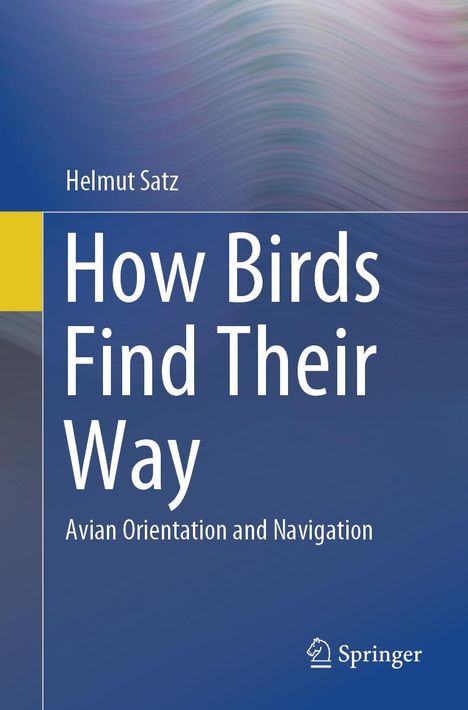Helmut Satz: How Birds Find Their Way, Kartoniert / Broschiert
How Birds Find Their Way
- Avian Orientation and Navigation
(soweit verfügbar beim Lieferanten)
- Verlag:
- Springer, 08/2025
- Einband:
- Kartoniert / Broschiert
- Sprache:
- Englisch
- ISBN-13:
- 9783031921803
- Artikelnummer:
- 12371336
- Umfang:
- 144 Seiten
- Gewicht:
- 257 g
- Maße:
- 235 x 155 mm
- Stärke:
- 8 mm
- Erscheinungstermin:
- 22.8.2025
- Hinweis
-
Achtung: Artikel ist nicht in deutscher Sprache!
Klappentext
This book describes our current understanding of the navigation of birds, their methods, capabilities, and achievements. Our knowledge of this field has progressed immensely in the last fifty years, due to the availability of miniaturized tracking and positioning devices, which now allow us to know when and where a specific bird is located and where it is flying. The book is written for a general readership and requires no more of the reader than a true interest in the topic. The text provides accessible overview of the relevant geographic and geophysical basics (latitudes and longitudes, geomagnetism) and of the neural faculties that allow birds to identify these features. The author surveys a variety of striking avian achievements, ranging from trans-ocean and pole-to-pole flights to circumnavigations of the earth. Readers will also learn how the required knowledge is provided and passed on to future generations, through instinct as well as through experience. Our understanding of such information transfer is today much deeper than it was fifty years ago. Nevertheless, many open questions remain. How an albatross leaving the coast of Brazil can find the way to its nest on a rock off the coast of New Zealand---this is a question still waiting to be answered. Thus, a further purpose of the book is to stimulate additional interest and new research into the fascinating and challenging world of avian navigation.
Biografie
Helmut Satz, geb. 1936, war von 1971 bis 2001 Professor für Theoretische Physik an der Universität Bielefeld. Sein Forschungsschwerpunkt ist die Physik der ersten Sekundenbruchteile nach dem Urknall. Zusammen mit seinem Schüler Frithjof Karsch machte er Bielefeld zu einem der weltweit führenden Zentren für die Untersuchung von Materie bei extrem hohen Dichten und Temperaturen.
